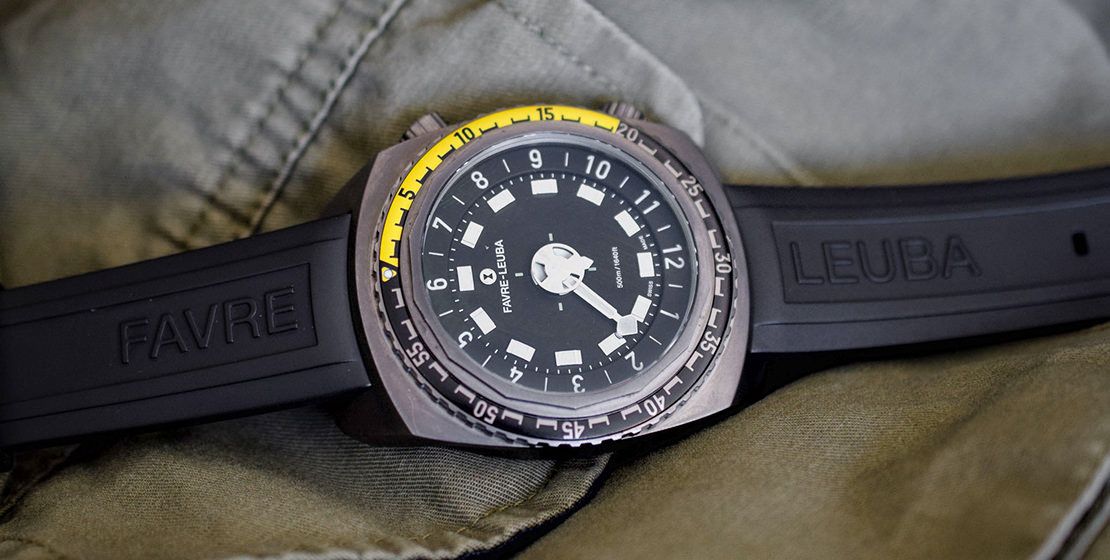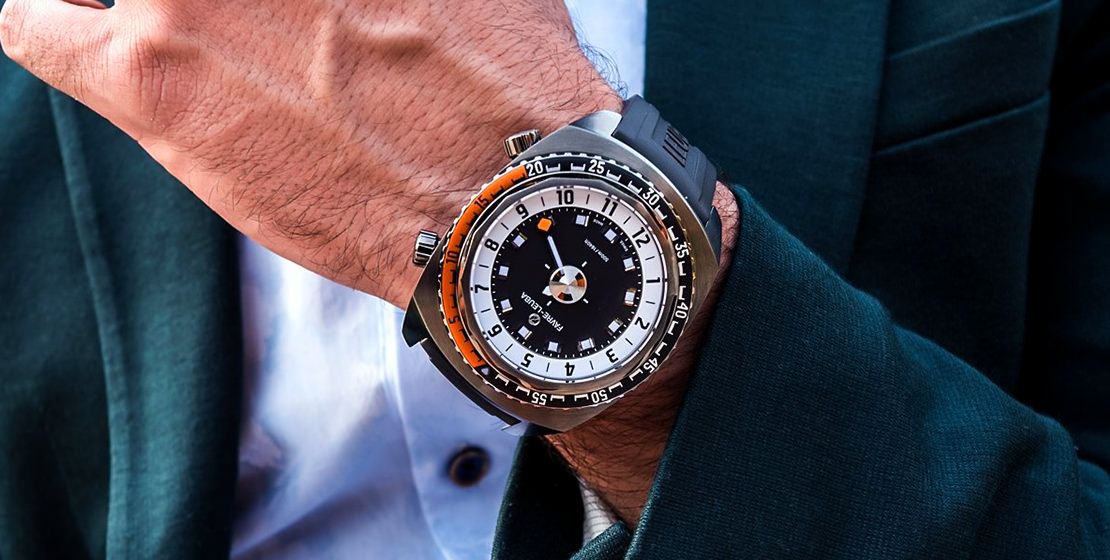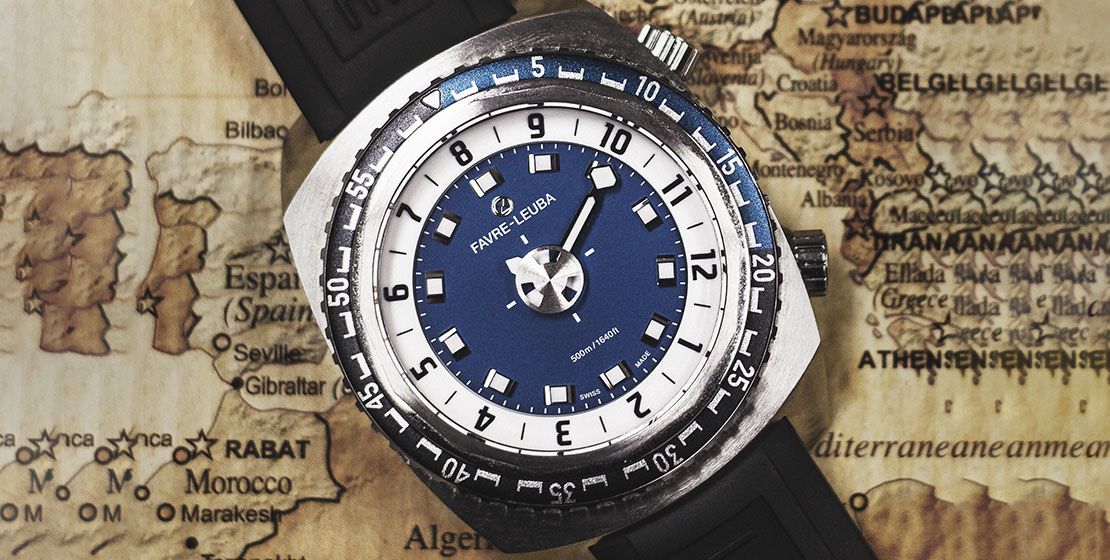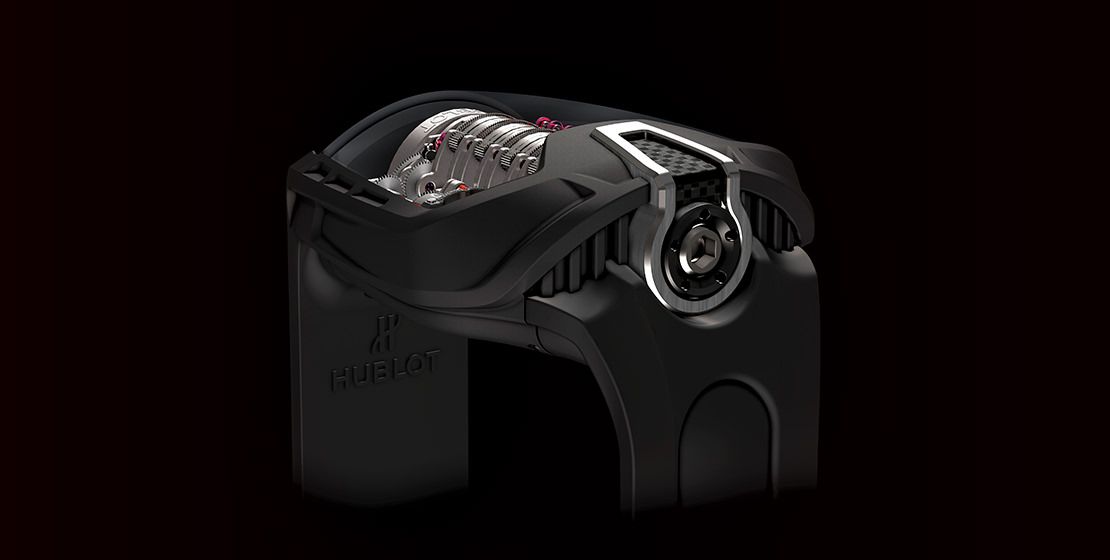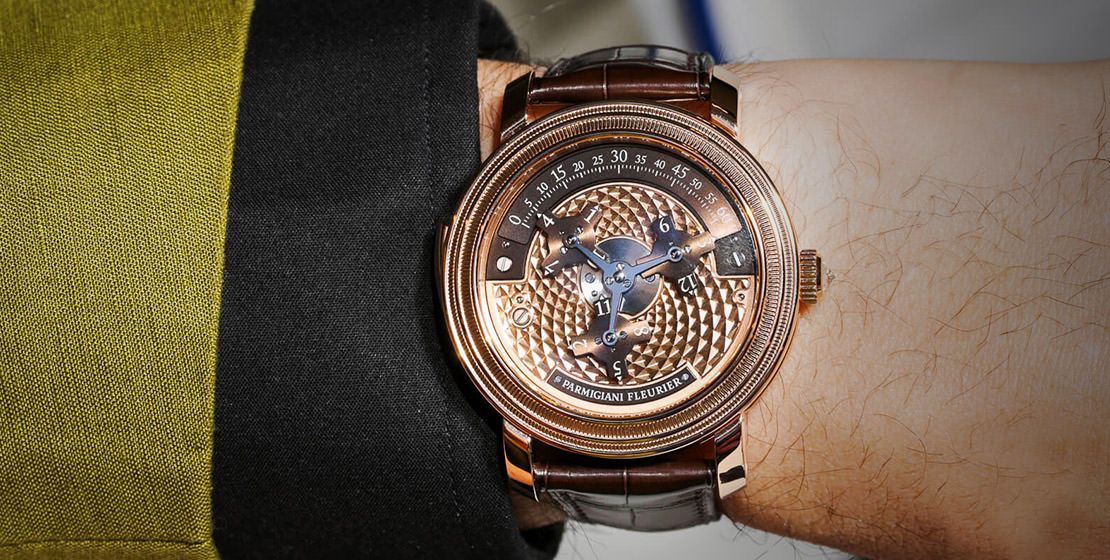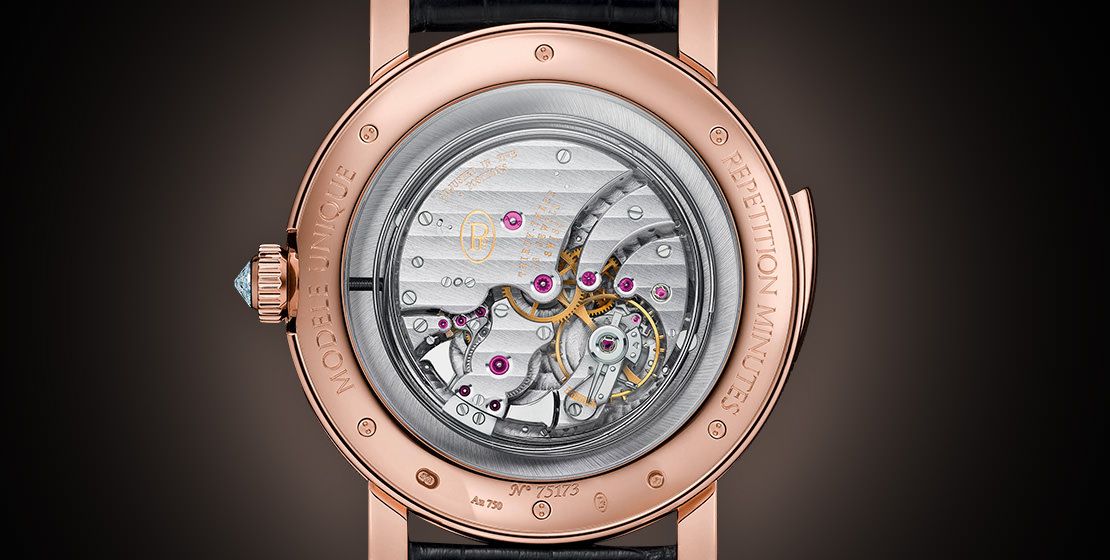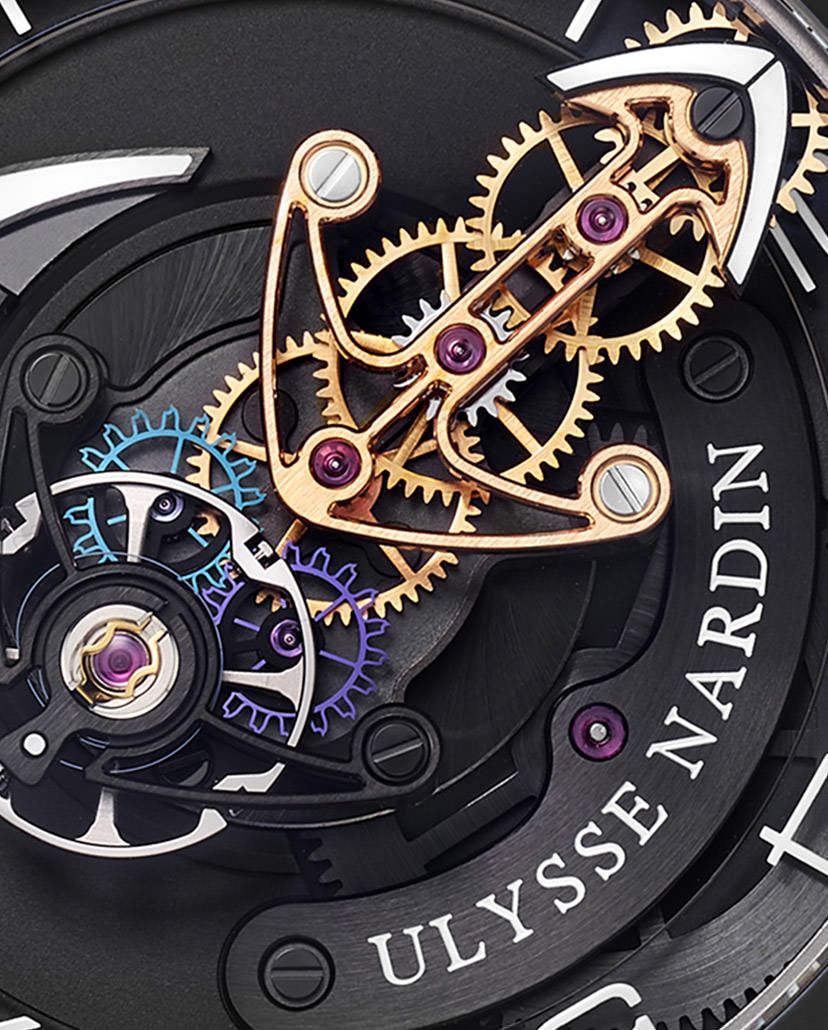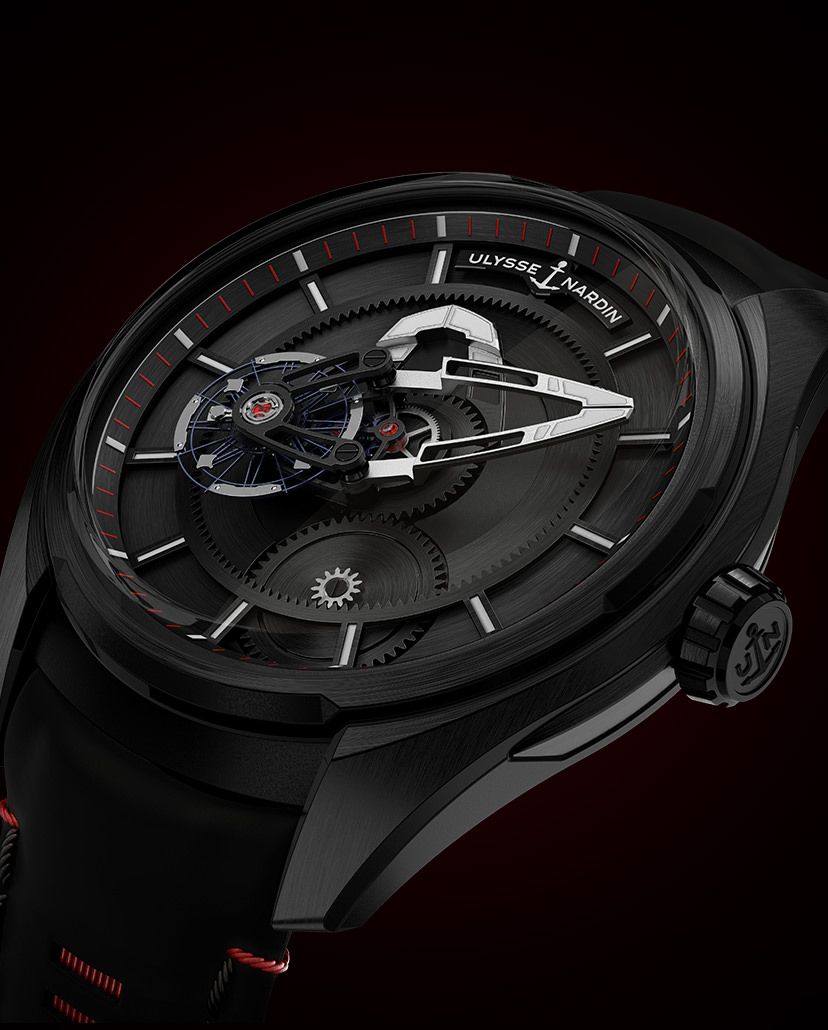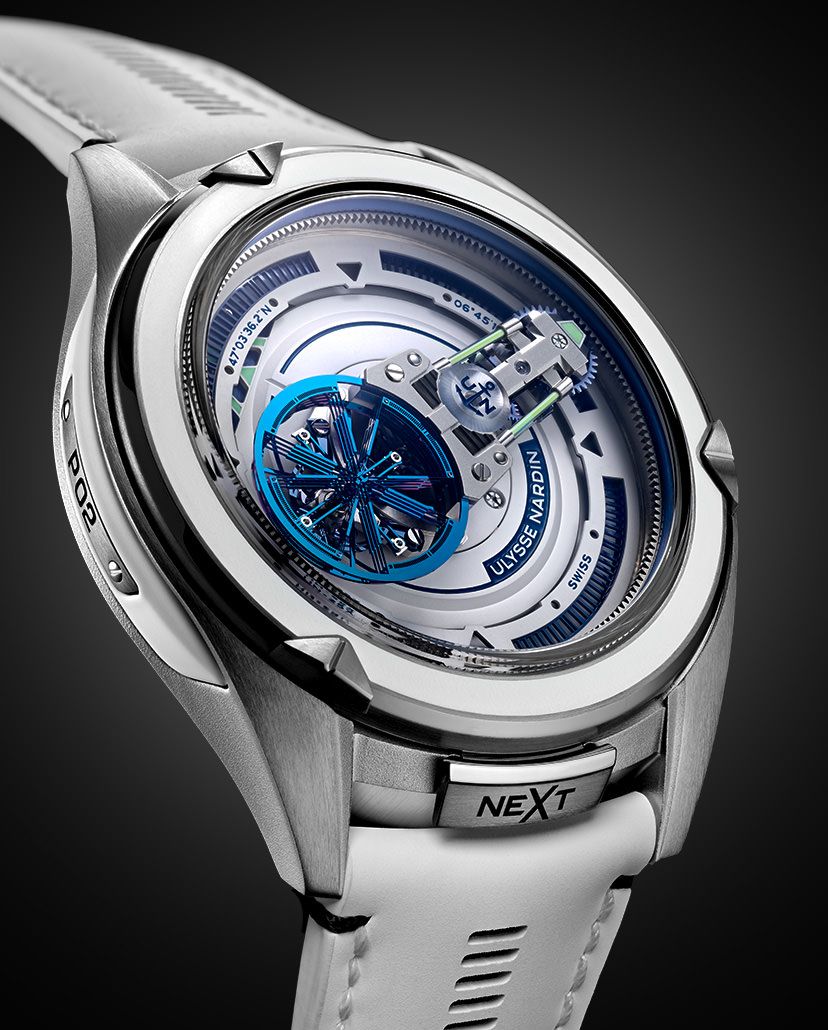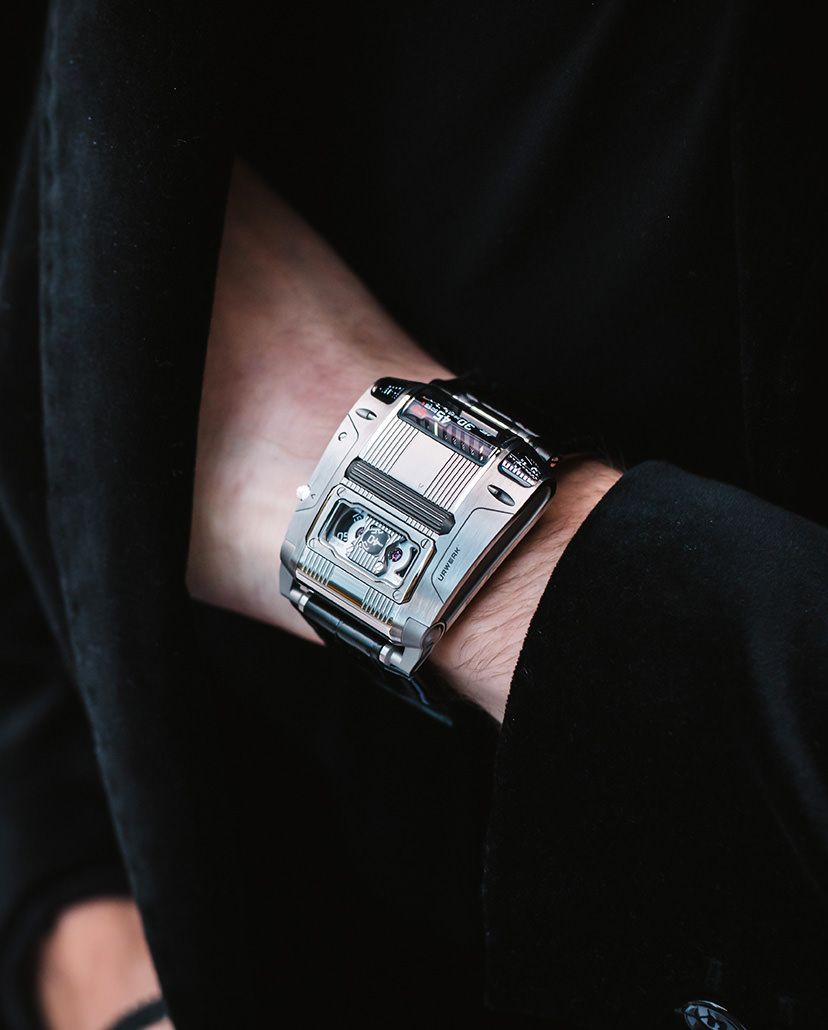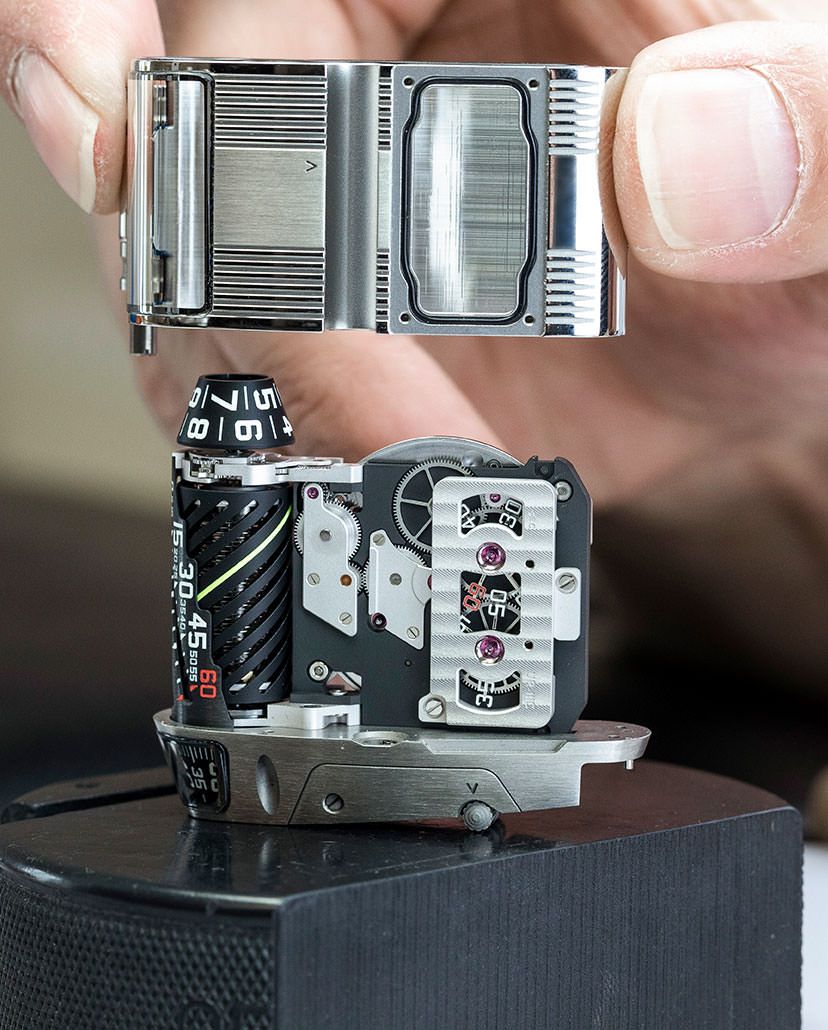Round-UpSix Watches With Unusually Creative Displays Of Time
Are you looking for a timekeeping instrument that breaks away from the conventional three-hand system of telling time? These watchmakers turned things around to give us some of the most interesting and creative displays of time we've seen
May We Recommend
When it comes to watchmaking, every single review you go through talks in length about legibility and design. These two factors are key when it comes to how efficiently the user is able to tell the time. And for nearly five centuries now, a majority of it has been the user staring at a round dial with markers along the periphery, while time is told through hands that sweep out from the centre. There are of course slight variations to this blueprint—a sub-dial here, a jumping hour there—but most watchmakers tend to stick to this basic archetype of timekeeping even to this day. A handful of them, however, have realised that breaking the mould and innovating is essential to keep the traditional craft of mechanical watchmaking relevant and exciting. And so, they’ve decided to use their technical prowess to find new, bold and creative ways to indicate the bare basics of time. Here are six timekeepers that offer some fascinating examples of what’s possible outside the traditional norms of telling time.
Favre-Leuba’s Raider Harpoon
The Raider Harpoon might seem like the most conventional-looking watch on this list, but its time-telling methods are far from it. At first glance, you may think that the tiny hand at the centre is the hour hand but in fact, it’s the seconds hand. And the long one, that’s for the minutes. As the minute hand turns, the white ring with the numerals turns along with it, thus indicating the hour. You read the hour off from the position of the minute hand and that’s how you tell the time, working your way from the outside (hours) and move inwards (minutes) towards the centre (running seconds).
To understand the why of this design, you first need to look at the company that conceived it. Favre-Leuba is a watchmaker that specialises in tool watches. And this is a specialised tool watch made for serious divers. Keeping track of elapsed minutes is the most critical information to a diver. And the single-hand mechanism makes sure that the diver can do just that with a quick glance at the dial. All the user needs to concentrate on is the luminous marker on the unidirectional bezel and the single hand on the dial to check the remaining dive time. It rules out any possibility of getting confused with the hour hand. This deceptively delightful piece is powered by the automatic FL301 movement and comes in a hefty 46mm case that comes with a serious water resistance rating of 500m.
Hublot’s MP-05 LaFerrari
Ferrari was a brand that didn’t really gain much traction in the world of watches through high-profile collaborations despite being one of the biggest names in the automobile world. All of that changed significantly after 2012, when Hublot collaborated with the Italian luxury carmaker as an official partner. The partnership resulted in quite a few achingly beautiful timepieces, but none as astonishing as the MP-05 LaFerrari. This was a piece that directly spoke to car enthusiasts as it was inspired by the Ferrari engine bay, and to watch lovers too as it had a movement with the world’s longest power reserve—50 full days!
Time is indicated on moving drums on the right-hand side of the dial, and to the left is a power reserve indicator that allows the wearer to know when to wind the movement. And even the winding bit didn’t conform to any preconceived mould. The watch has no crown, which means you can only wind the massive barrels through an electronic screwdriver that you get with the watch. Only 50 pieces of this marvellously engineered tourbillon timepiece were ever created.
H. Moser & Cie’s Endeavour Flying Hours
When H. Moser & Cie. released the Endeavour Flying Hours in 2018, it was the brands foray into the world of a non-traditional time display. And we have to say that the brand really nailed it right from the start. H. Moser & Cie. is famous for taking existing complications and reinterpreting them in the most simple and ingenious manner possible. And that’s what they did with the orbital time display system. At first, it might look a bit complicated, but once you understand the basics, reading time on the Endeavour Flying Hours feels just as natural as on any conventional display.
There are three discs, at the four, eight and 12 o’clock positions that indicate the hour. A central minutes disc spins over the top to display the time. At any given time you’ll see five hour numerals, but only one is bright, the rest are dark. The bright one is the actual hour. All you do is follow the bright hour indicator’s arrow that points at the minute circle, and through this, you can read the exact time easily. Housed within an understated and elegant 42mm case in 18-karat white gold is Moser’s automatic HMC 806 movement, which can be seen through the exhibition caseback.
Parmigiani’s Toric Capitole
I’ll be honest, I was pleasantly surprised to find a Parmigiani suitable for this list too. We know Parmigiani as a brand that is super traditional when it comes to timekeeping displays. And yet, here we are, with the stunning Toric Capitole and its astonishing hand-engraved gold dial along with sweeping hours. Reading the time on this piece is quite simple actually. The current hour itself travels along a track indicating the minutes. The hour numeral sweeping across the minute track has an added pointer so that the minutes on this version can be tracked precisely. But in case you find all this a bit too complicated, there’s always the bonus of the chimes from the minute repeater complication in this timepiece. The manual-winidng Parmigiani PF321 movement that powers this 45mm watch in 18-karat rose gold gives it a power reserve of 40 hours.
Ulysse Nardin’s Freak
The Freak is one of the most iconic collections in all of contemporary watchmaking. Ever since its introduction in 2001, it was regarded as one of the most cutting-edge timepieces in the world. That wasn’t only because of the fact that its minute hand was also its entire movement, but also because it was the very first wristwatch anywhere, from anyone, to use silicon components. Since then, the Freak has evolved and has appeared in different variants, but the core concept of the watch has remained consistent throughout.
You tell the time on the Freak as you would any other watch. However, at first glance, it may not seem so obvious. The minute hand is generally identified as the hand with all the gears, while the hour hand appears in the background away from the limelight. Several versions of the Freak have been produced, using exotic materials to push the limits of what’s possible in watchmaking from both design and engineering standpoints, making the Freak a significant collection for Ulysse Nardin and watchmaking in general.
Urwerk’s UR-Special Projects UR-111C
The king of innovative time displays, Urwerk, has, from the start, been pushing the boundaries of what a mechanical watch can be. And the UR-111C is no exception. The Blade Runner-esque design of the watch is just a looking glass to the fascinating displays it features—jumping hours, linear retrograde minutes, optical fibre-augmented seconds. The UR-111C displays the hours and minutes in a linear driver’s-style display at the front of the watch. Jumping hours are read on the left side of the dashboard thanks to a rotating cone that performs a brisk jump on the hour.
Occupying most of the allotted space in the central window is the linear representation of minutes placed along a diagonal track and read by a rotating helix with a thick yellow marker. The cone on the right is not for the seconds; instead, it repeats the minute readings in a rotating display, providing the watch with two very different formats to consult the minutes. The seconds are given their very own area on board the UR-111C and are located underneath a large sapphire crystal lens towards the top end of the case. The automatic movement powering the jumping hours, retrograde linear minutes, digital minutes and seconds runs at a frequency of 4Hz (28,800 vph) and delivers a 48-hour power reserve. It has been decorated with circular graining, Geneva stripes and features polished screw heads.


